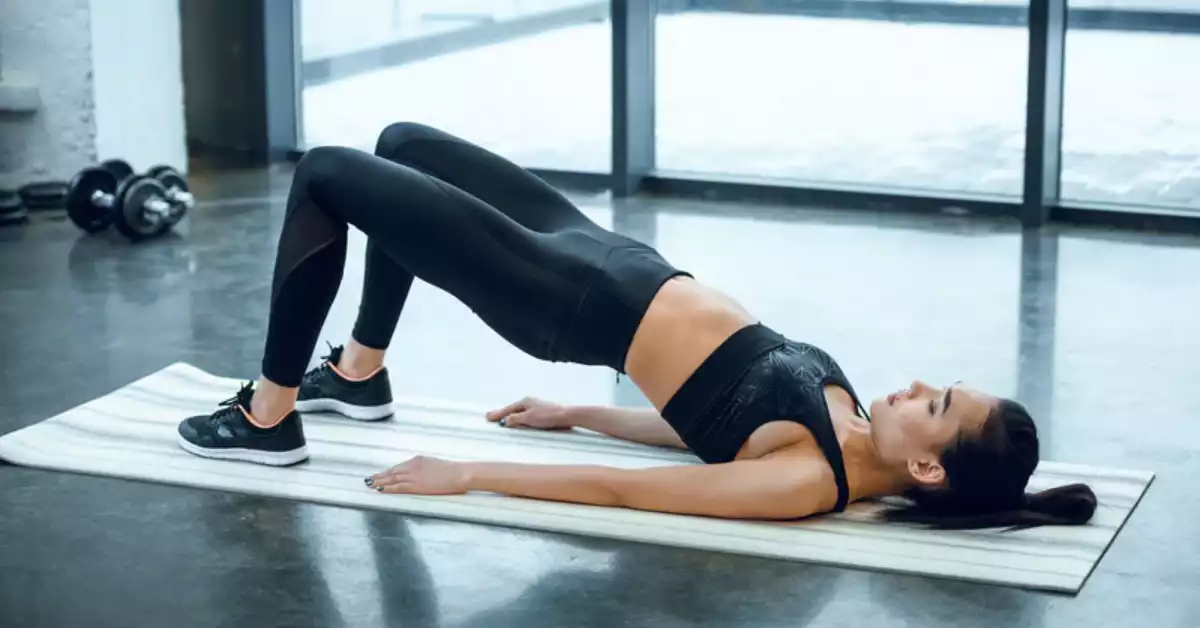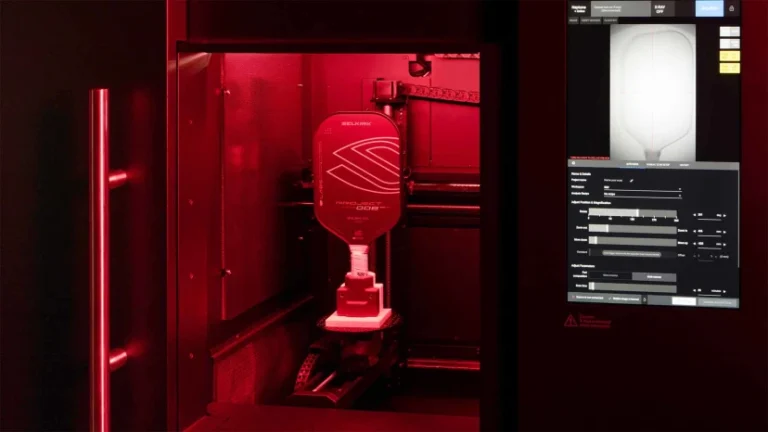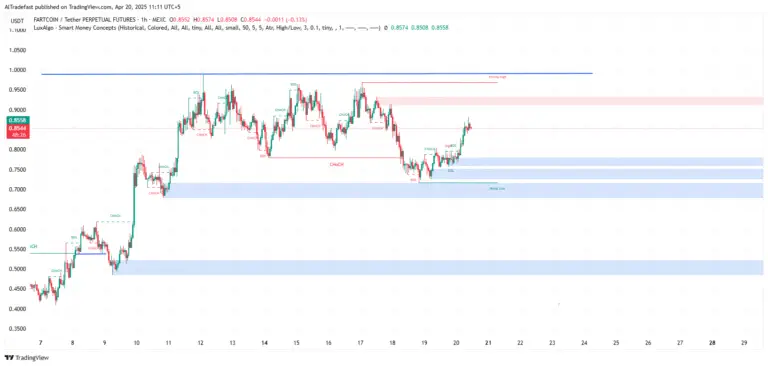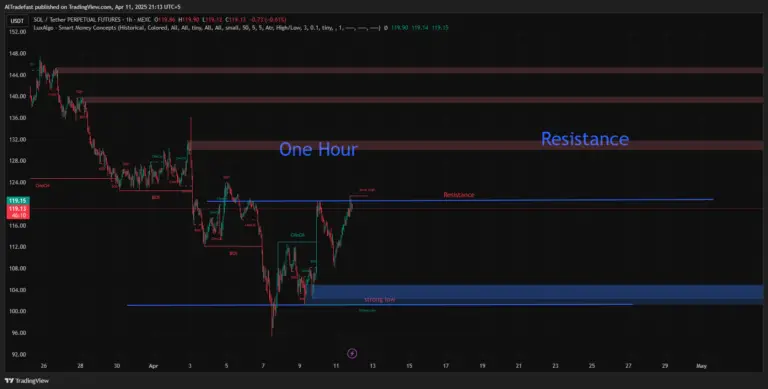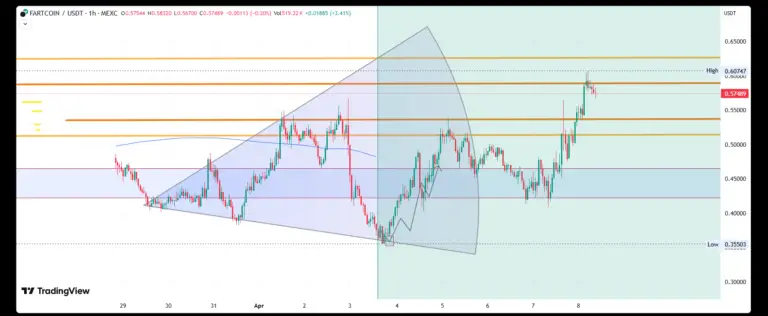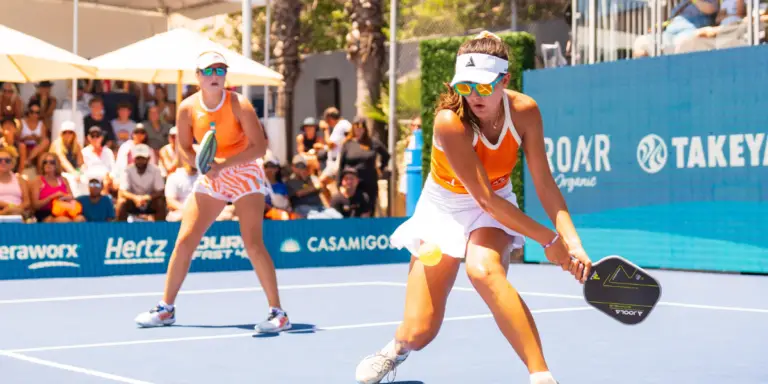Find out how to protect your back in pickleball with four simple stretches. Back pain is a common injury for players, making it hard to play their best. Unlike injuries that target specific limbs, like Rotator Cuff Tendonitis or Wrist Injuries, general back pain can limit all body movements because your spine is essential for most athletic positions and movements on the pickleball court.
Basic Stretches to Protect Your Back In Pickleball
Pickleball is a fantastic sport that combines fun, competition, and exercise. But all that bending, reaching, and rotating can put stress on your back, leading to pain and even injury. Whether you’re a seasoned pro or just starting, protecting your back is essential for preventing pain and injuries that can sideline you from the game.
In this blog post, we’ll guide you through four basic stretches that you can easily incorporate into your pre-game routine or daily exercise regimen. So, grab your paddle and get ready to learn how to keep your back happy and healthy for all your pickleball adventures.
Table of Contents
Basic Bridge Stretch
The first step in protecting your back on the pickleball court is the Basic Bridge Stretch. This simple yet effective exercise strengthens your core and gluteal muscles, both crucial for maintaining good posture and reducing strain on your lower back.
Grab a soft mat and locate a spacious area at home or on the pickleball court to spread it out. This will provide extra comfort as you perform stretching exercises while lying on your back.
Equipment Required: Optional
- Resistance band: Buy Now on Amazon
- Yoga mat: Buy Now on Amazon
- Water Bottle: Buy Now on Amazon
Here’s how to perform it:
- Lie flat on your back with your knees bent and feet flat on the floor, shoulder-width apart.
- Engage your core by gently drawing your belly button towards your spine. Imagine tightening your stomach muscles as if preparing for a punch.
- Inhale deeply, then exhale as you lift your hips off the ground until your body forms a straight line from your shoulders to your knees.
- Avoid holding your breath at the top of the movement.
- Squeeze your glutes at the top position and hold for 5-10 seconds, focusing on maintaining a neutral spine (no arching or rounding your back).
- Slowly lower your hips back to the starting position with a controlled movement.
- Repeat 10-15 times.
Pro-tip for pickleball players:
- Keep your toes pointed upwards while performing the bridge to target your hamstrings more intensely.
Why it’s perfect for pickleball:
The Basic Bridge Stretch strengthens the gluteus maximus. This large muscle plays a vital role in extending your hip and stabilizing your lower back during explosive movements like lunges and sudden changes in direction, common in pickleball. Additionally, engaging your core during the exercise promotes better posture and stability throughout your entire body, reducing stress on your back and improving overall performance.
Double-Leg Banded Glute Bridge
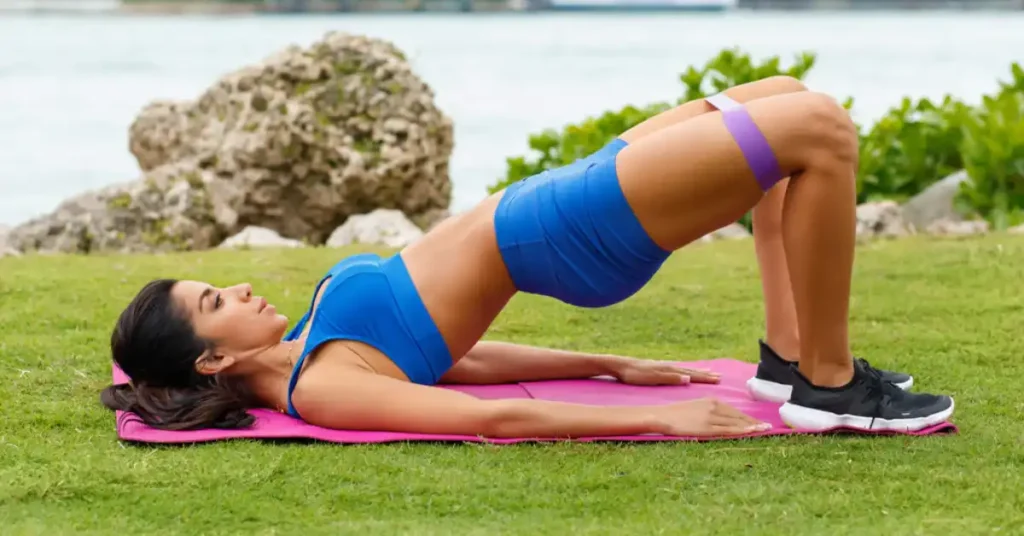
The double-leg banded glute bridge takes the essential bridge stretch a step further by adding resistance with a mini resistance band. This exercise specifically targets your glutes, making it perfect for pickleball players who need a powerful leg drive for explosive movements and forceful shots.
Here’s how to perform the double-leg banded glute bridge:
- Lie flat on your back with your knees bent and feet flat on the floor, shoulder-width apart.
- Loop a mini resistance band around your thighs, just above your knees.
- Engage your core by gently pulling your belly button towards your spine.
- Inhale deeply and, as you exhale, slowly lift your hips off the ground until your body forms a straight line from your shoulders to your knees.
- Squeeze your glutes at the top of the movement and hold for 5-10 seconds, focusing on feeling the tension in your glutes rather than your lower back.
- Slowly lower your hips back to the starting position and repeat 10-15 times.
Pro-tip for pickleball players:
- Start with a light resistance band and gradually increase the difficulty as you get stronger.
- Keep your toes pointed upwards while performing the bridge to isolate your glutes further.
Benefits for Pickleball Players
- Increased glute strength: Strong glutes are essential for generating power for forceful shots and quick movements on the court.
- Improved core stability: Engaging your core throughout the exercise helps maintain proper form and prevents excessive lower back strain.
- Enhanced proprioception: The resistance band adds an element of instability, challenging your body control and improving your awareness of your body’s position in space. As a result, pickleball players will perform better and be less likely to sustain injuries.
Single-Leg Banded Glute Bridge
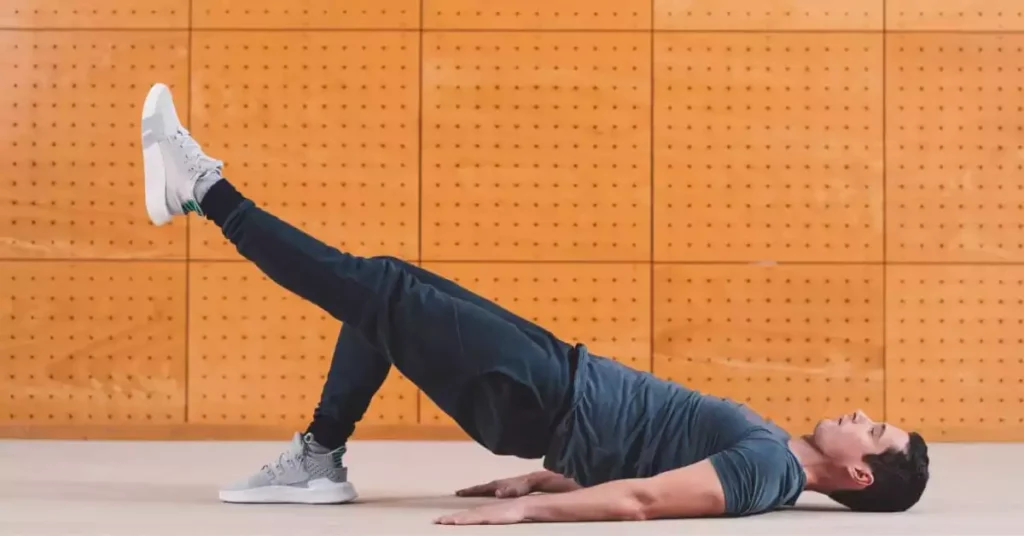
The single-leg banded glute bridge adds another layer of challenge to the glute bridge exercises by isolating each leg individually. It’s a great exercise to build strength and stability in your glutes, hamstrings, and lower back.
Note: If you find the single-leg bridge too challenging, perform it without the band until you build sufficient strength and stability.
Here’s how to perform the single-leg banded glute bridge:
- Lie flat on your back with your knees bent and feet flat on the floor, shoulder-width apart.
- Loop a mini resistance band around the foot of your extended leg, just above the ankle.
- Extend the other leg straight out before you, keeping your foot flexed.
- Engage your core by drawing your belly button towards your spine.
- Inhale deeply and, as you exhale, slowly lift your hips off the ground until your body forms a straight line from your shoulders to your extended knee.
- Squeeze your glute of the working leg at the top of the movement and hold for 5-10 seconds.
- Slowly lower your hips back to the starting position and repeat 10-15 times.
- Switch legs and repeat the exercise on the other side.
Pro-tip for pickleball players:
- Maintain a square hip position throughout the movement, avoiding any twisting or rotation in your hips.
- Keep your planted foot flat on the floor and avoid letting your heel come off the ground.
Benefits for Pickleball Players
- Improves individual leg strength: Addressing imbalances between your left and right glutes, leading to more efficient movement and power generation on the court.
- Enhances core stability: Requires greater core engagement to maintain stability while working on one leg, translating to better balance and control during gameplay.
- Increases proprioception: Improves your body awareness and ability to sense your position in space, crucial for agility and quick reactions on the court.
Cat-Cow Stretch
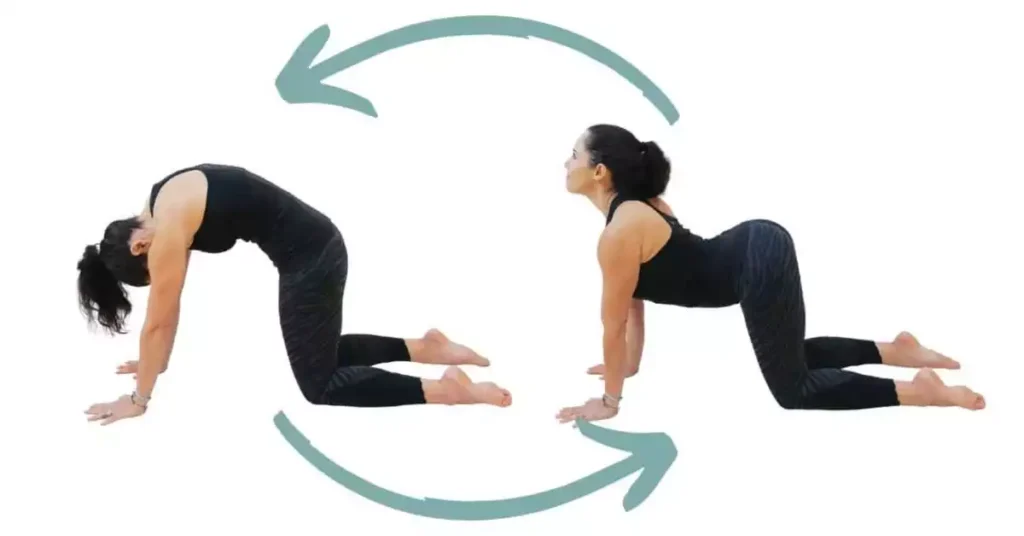
The cat-cow stretch is a gentle yet effective exercise. It is a famous yoga pose that involves moving the spine through a range of motion to increase flexibility and reduce tension.
Here’s how to perform the cat-cow stretch:
- Start on your hands and knees with your hands shoulder-width apart and directly under your shoulders. Knees should be hip-width apart and directly under your hips.
- Inhale deeply and, as you do, arch your back gently, pushing your chest and stomach towards the floor and looking slightly upwards (cow pose). Focus on feeling a gentle stretch in your lower back and abdominal muscles.
- Hold for a few seconds to feel your lower back and core stretch.
- As you exhale, round your back towards the ceiling, tucking your chin to your chest and engaging your core muscles (cat pose). Feel a stretch along your upper back and spine.
- Hold for a few seconds to feel your upper back and neck stretch.
- Repeat the cat-cow motion smoothly and slowly, inhaling for the arch and exhaling for the round 10-15 times.
Pro-tip for pickleball players:
- Coordinate your breath with your movements—Inhale as you arch your back and exhale as you round it, ensuring deep and controlled breathing.
- Maintain a neutral head position throughout the movement, avoiding straining or hyperextension of your neck.
Benefits for Pickleball Players
- Perform various movements: Bending, twisting, and reaching during rallies and volleys require a flexible spine to execute them smoothly and efficiently.
- Reduced risk of back pain and stiffness: Tightness in the spine can lead to pain and discomfort, especially during sudden movements or prolonged play.
- Improved balance and coordination: A flexible spine allows for better posture, essential for maintaining balance and control on the court.
Conclusion:
Incorporating these four basic stretches into your routine can significantly improve your back’s flexibility and strength, reducing your risk of pain and keeping you on the court playing your best. Remember, consistency is key! Aim to perform these stretches regularly before and after playing to reap the full benefits.
